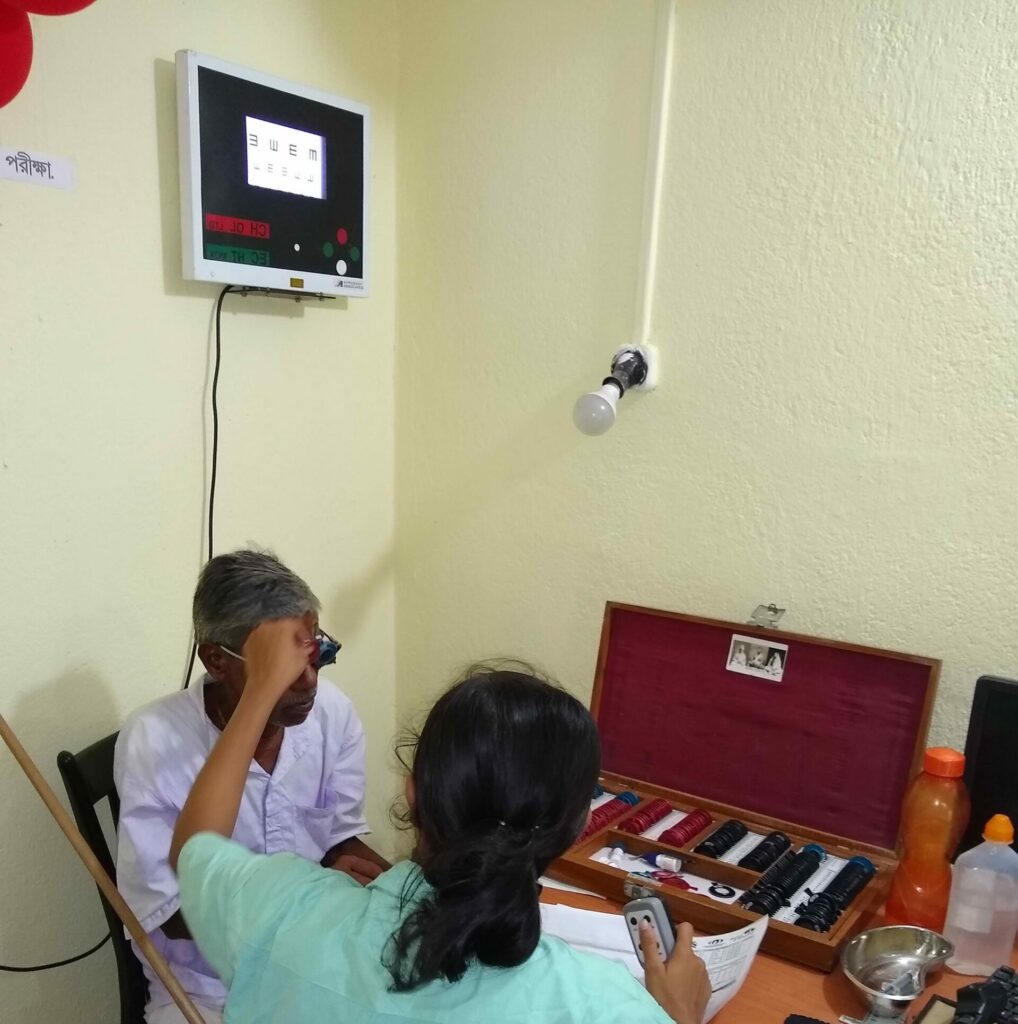Funders
Standard Chartered Bank, International Agency for the Prevention of Blindness (IAPB)
Location
India
Dates
2013-2018

Forty percent of households live in poverty in the Sundarbans, a remote wetlands area of West Bengal, India. The project, funded by a collaboration between Standard Chartered Bank and the International Agency for the Prevention of Blindness (IAPB) and implemented by Sightsavers and local partners, aimed to contribute to the elimination of avoidable blindness in the Sundarbans by 2020 by creating 17 Vision Centres that provide screening, referral and treatment services, awareness-raising, outreach, and training.
Tropical Health was commissioned by Sightsavers to conduct an end-of-term evaluation of the project’s achievements against targets and generate lessons learned and recommendations for future programming.
The Tropical Health team conducted a quantitative and qualitative assessment of project management data and insights from project staff at regional and community level. Visits were made to three project sites and learning workshops were conducted with the project management team.
Tropical Health’s evaluation measured project achievements against objectives and outputs, identified key successes and challenges in implementation, and produced a set of recommendations for similar future project designs. The evaluation focused on the following criteria: relevance, effectiveness, efficiency, impact, sustainability, coherence/coordination and replicability/scalability.
The Tropical Health team found that the project was highly relevant, well matched to the eye health needs of the target population in the challenging Sundarbans operating context, and sensitive to gender issues. Use of established local partners and Vision Centre staff from local communities meant the project was well connected to communities and training was well received. Challenges for the project in the longer term include changes in state government policy, continuing accessibility issues for people in remote communities, and possible future funding issues, but the model can continue to work and be expanded in future programming.
Global Fund / Nigeria National Malaria Elimination Programme
Nigeria
2023 - 2024
Belgian Cooperation/ Light for the World
Democratic Republic of Congo, Rwanda, Tanzania
2021-2022
UK Aid and People’s Postcode Lottery / Sightsavers
Malawi, Uganda
2023 - 2024